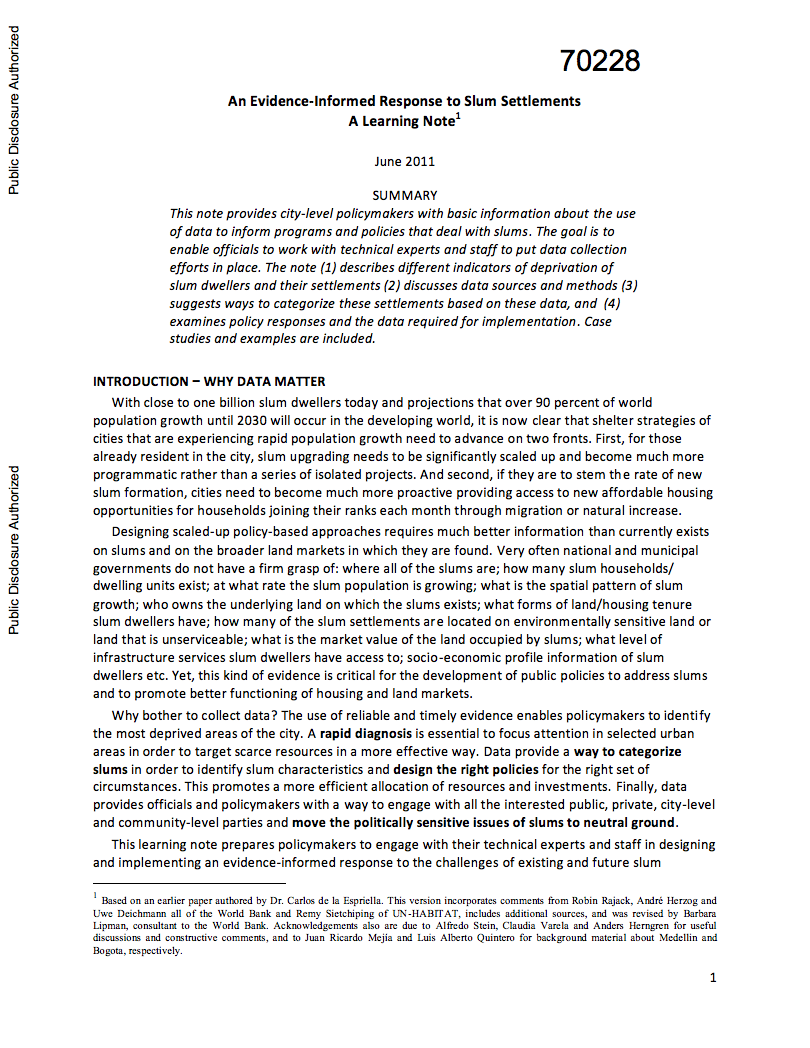Bhutan Investment Climate Assessment Report : Vitalizing the Private Sector, Creating Jobs, Volume 1. Summary Report
The objective of the Bhutan Investment
Climate Assessment (ICA) is to evaluate the investment
climate in Bhutan in all its operational dimensions and
promote policies to strengthen the private sector. This ICA
consists of two volumes. Volume 1 summarizes the main
results. Volume 2 presents a more detailed analysis of each
of the three main themes of the report: labor productivity
and skills, access to finance, and business government


